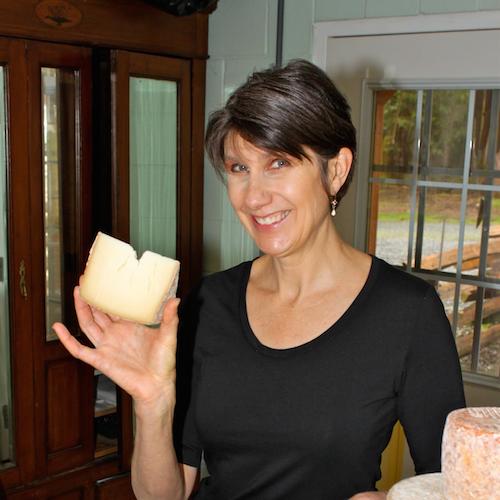
 Why are washed-rind cheeses orange?
Why are washed-rind cheeses orange?
![]() These are my favorite types of cheese—stinky, sticky, warm-hued wonders. The category actually yields a range of rind colors, from almost-pink to a rusty pastel, and often, a mélange of all. Early in aging, most of these wheels are washed with a mild brine. In many cases, that brine contains surface-ripening bacteria and yeasts, or is meant to attract desired microbes from the aging environment.
These are my favorite types of cheese—stinky, sticky, warm-hued wonders. The category actually yields a range of rind colors, from almost-pink to a rusty pastel, and often, a mélange of all. Early in aging, most of these wheels are washed with a mild brine. In many cases, that brine contains surface-ripening bacteria and yeasts, or is meant to attract desired microbes from the aging environment.
For years, the microbe Brevibacterium linens, or B. linens,was credited with that beautiful color development. In fact, many of us referred to these cheeses as “B. linens–ripened.” But thanks to research conducted at Harvard University by microbiologists Rachel Dutton and Benjamin Wolfe, however, it’s been revealed that this microbe may no longer take credit. In their studies of rind ecologies, the researchers found that B. linens—even when in the wash—was minimally present by the time the cheeses were ripe. Instead, it’s now believed that pigment-producing yeasts are responsible for the hue on the surface.
Some varieties of washed-rind cheese get a boost in their color development from annatto, a natural colorant added to the wash solution, ensuring an even, predictable hue desired by some affineurs and customers.




